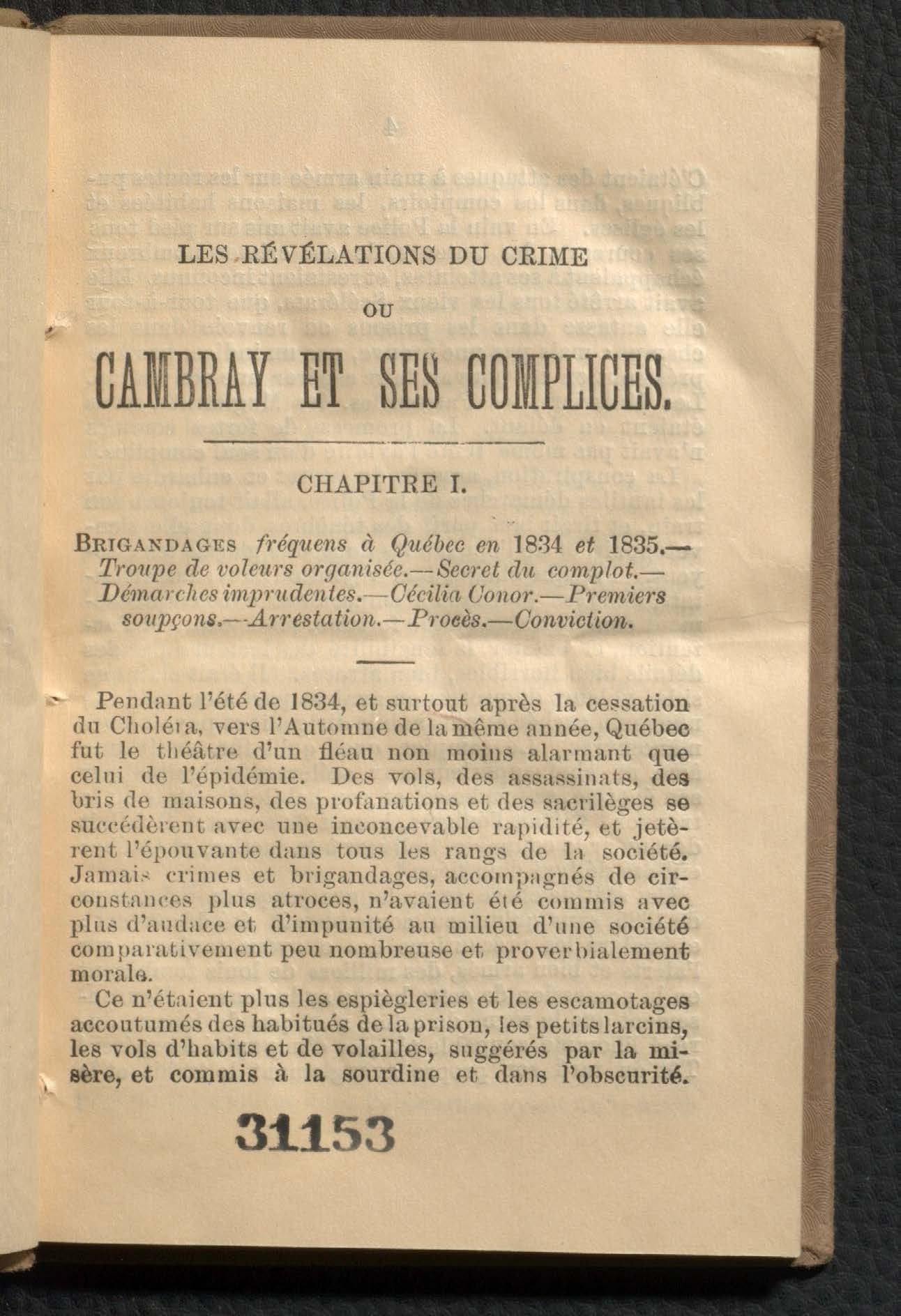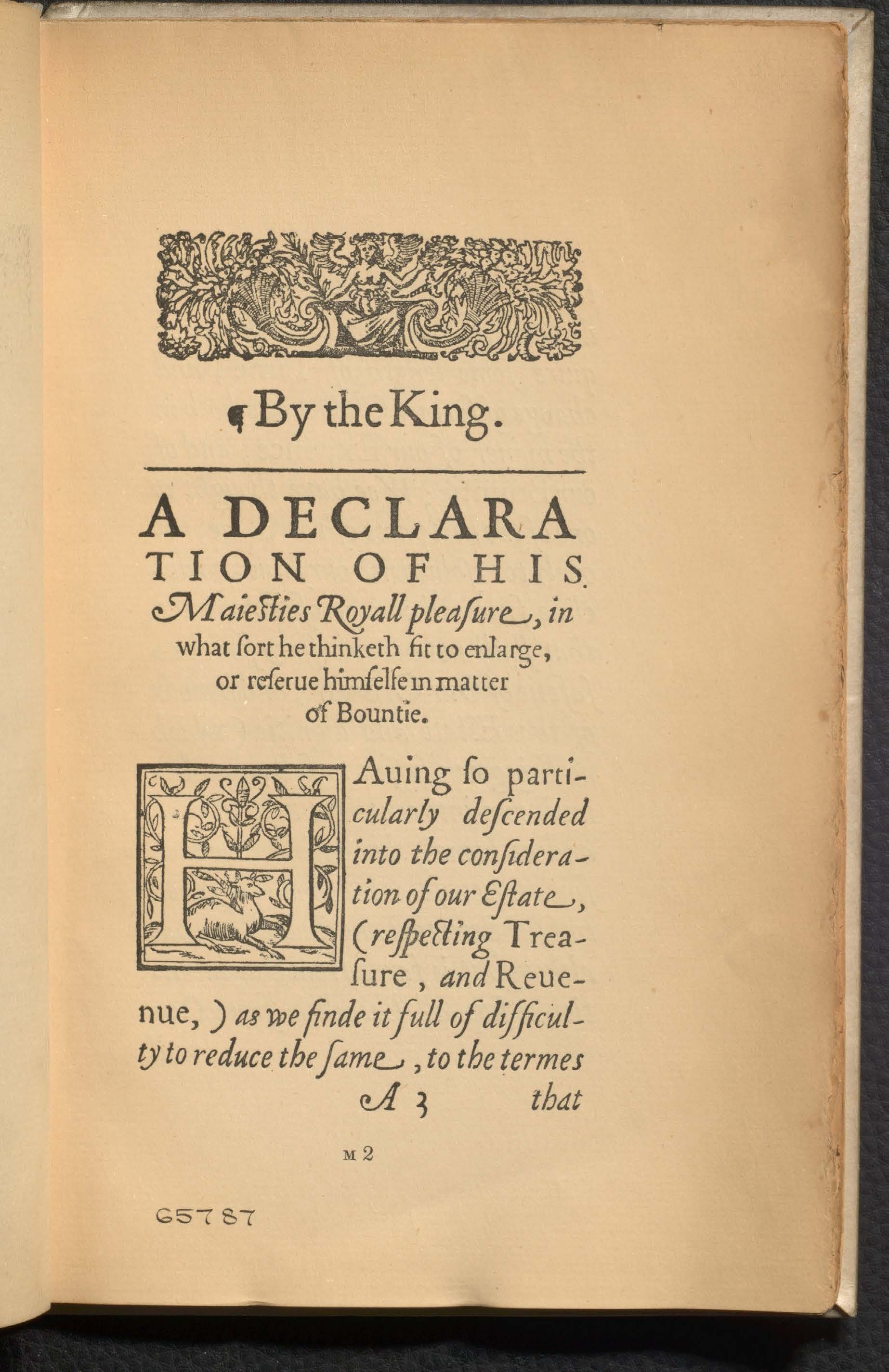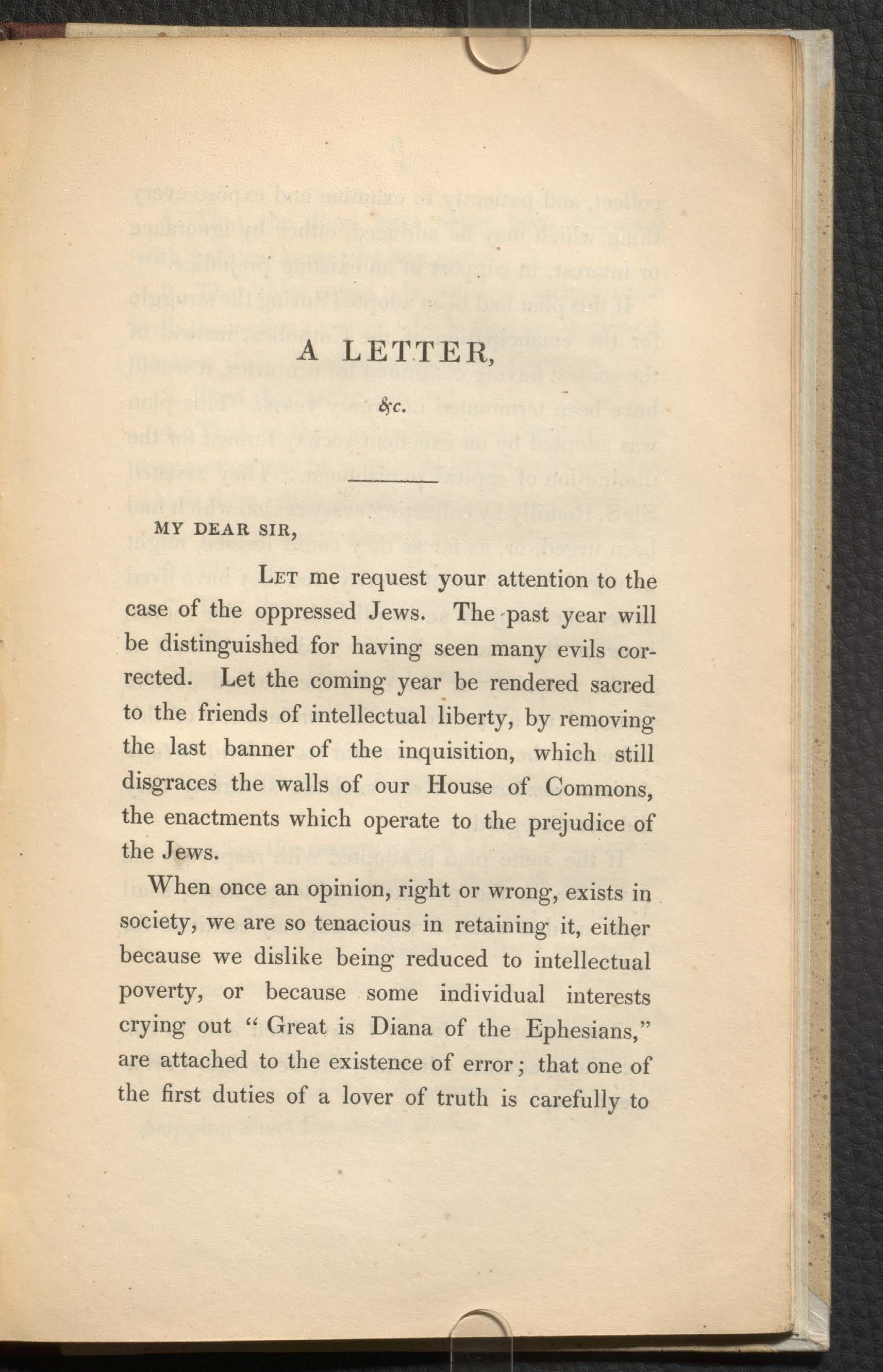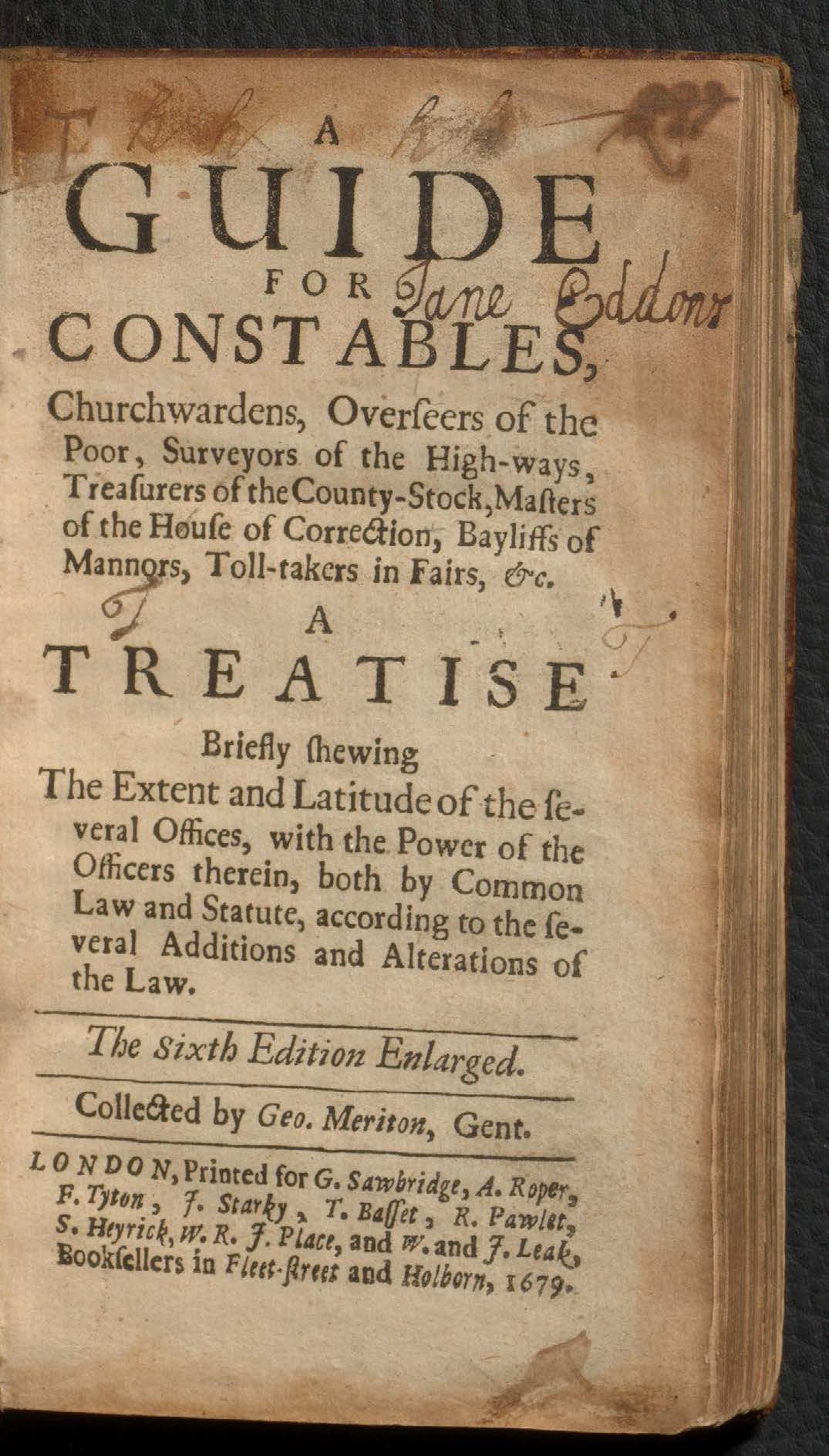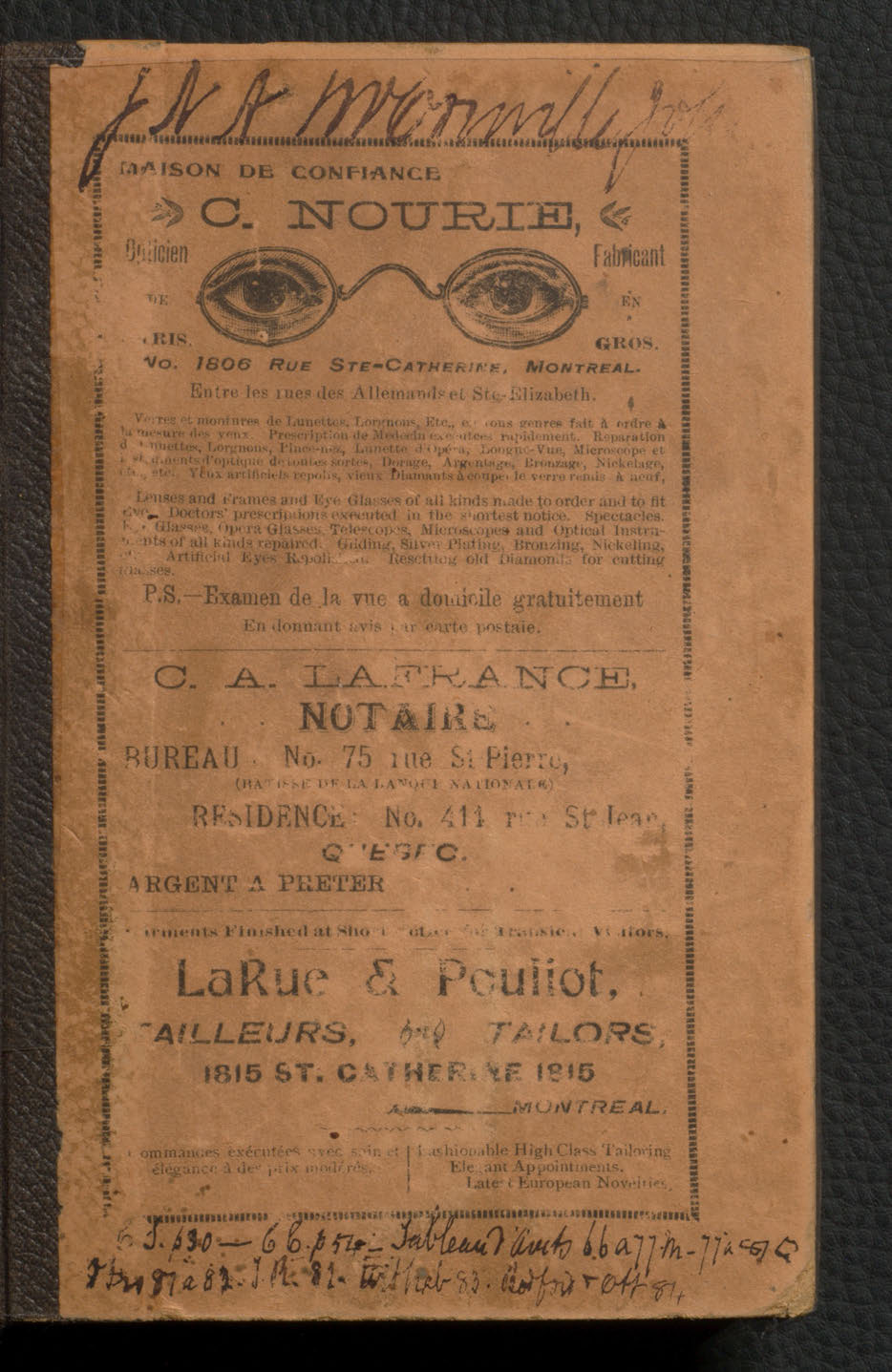
New exhibition at the Law Library is commemorating the 70th anniversary of the end of the International Military Tribunal, the most known and the most important of the Nuremberg Trials. The exhibition, curated by Sonia Smith and Svetlana Kochkina, features print materials, books, reproductions of archival documents, and visual materials illustrating Nazi crimes during the Second World War in Europe and the International Military Tribunal itself. We also have a selection of books on the subject that can be borrowed by our users (on the book truck next to the exhibition cases).
About the Nuremberg Trials:
The Nuremberg Trials were a series of 13 trials of accused World War II German war criminals held from 1945 to 1949 in Nuremberg, Germany. The first trial, the International Military Tribunal (IMT), held at the Nuremberg Palace of Justice, was prosecuted by the four Allied powers (Great Britain, France, United States, and USSR) against the top leadership of the Nazi regime in 1945-1946.
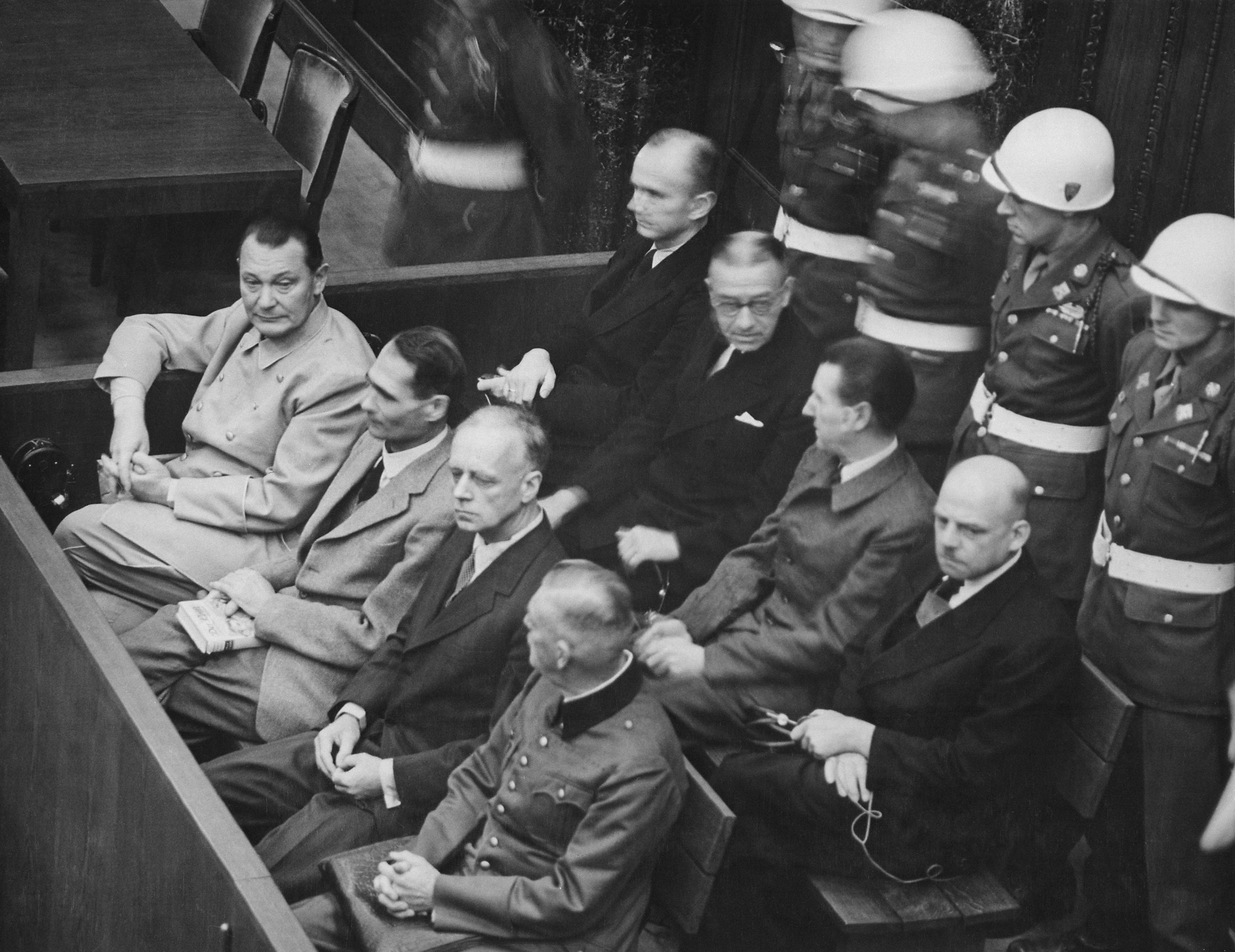
The defendants, among them Hermann Göring, Rudolf Hess, Joachim von Ribbentrop, Alfred Rosenberg, Julius Streicher and Fritz Sauckel, were charged under three categories of crimes:
- Crimes against Peace: namely, planning, preparation, initiation or waging of a war of aggression, or a war in violation of international treaties, agreements or assurance.
- War Crimes: namely, violations of the laws or customs of war.
- Crimes against Humanity: namely, murder, extermination, enslavement, deportation, and other inhuman acts committed against any civil population, before or during the war, or persecutions on political, racial, or religious grounds.
In the other twelve trials held by the United States in the Nuremberg Military Tribunals (NMT) from 1946 to 1949, a variety of Nazi governmental, military, industrial, and professional leaders were prosecuted.
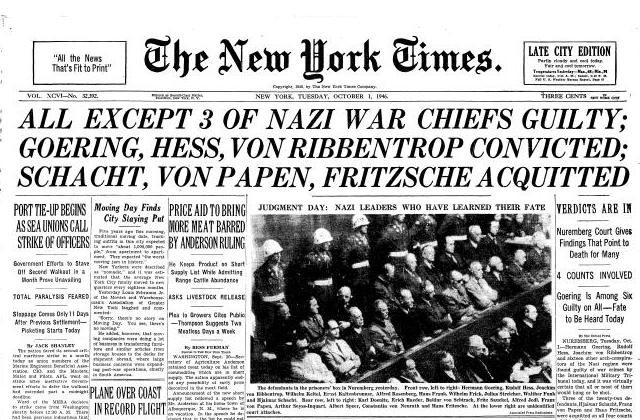
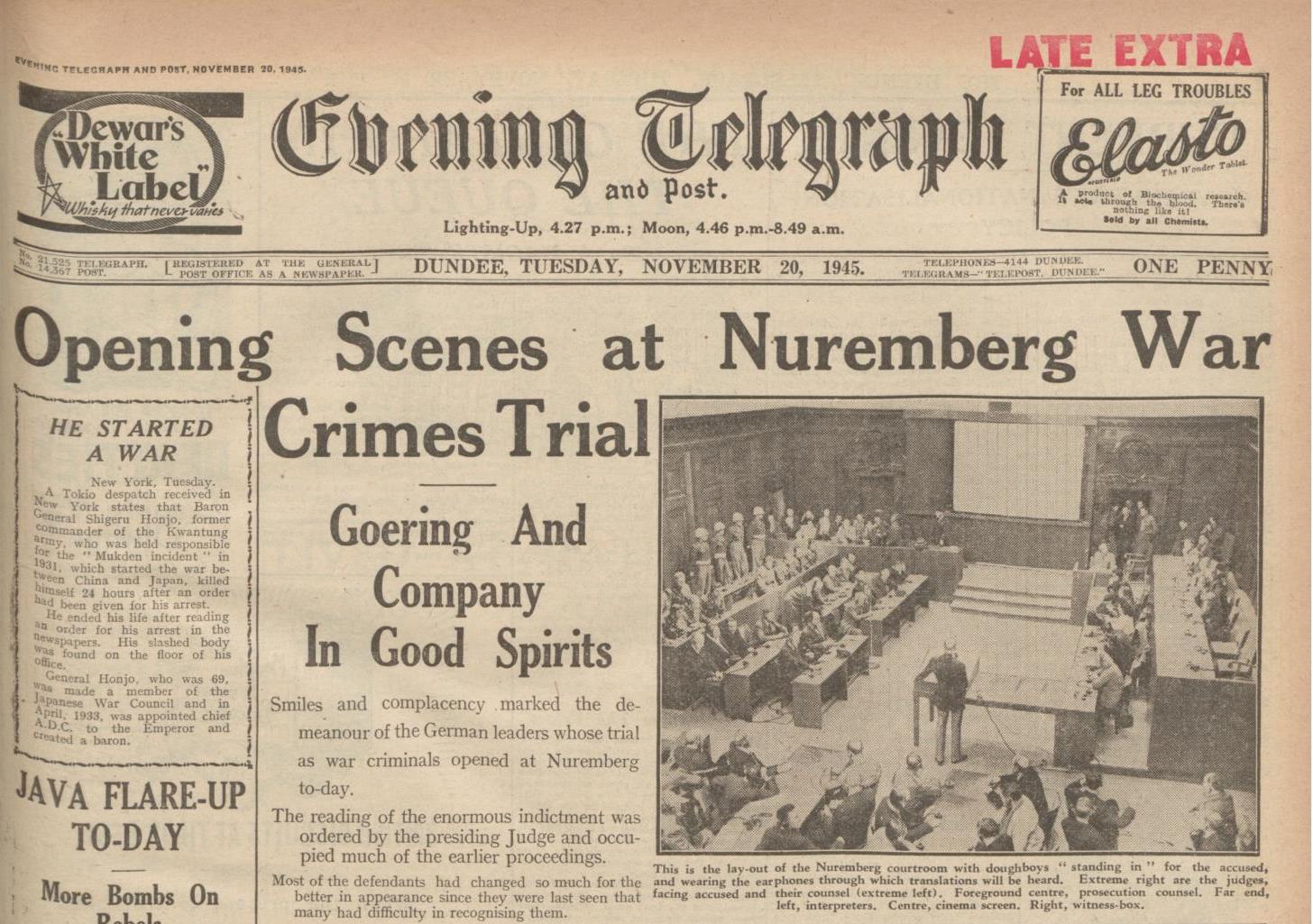 The post-World War II trials of German and Japanese war criminals were established to create a standard of conduct acceptable in time of war, to try cases of atrocities against humanity, and, most importantly, to document those atrocities so that a permanent historical record would be created. The American legal presence compiled a formal record of the trials consisting of captured German government records, evidentiary material, interrogations, correspondence, memoranda, briefs, and transcripts of the trials. Those involved considered it of paramount importance to preserve this documentation of the trials and of the purposes for which they were held.
The post-World War II trials of German and Japanese war criminals were established to create a standard of conduct acceptable in time of war, to try cases of atrocities against humanity, and, most importantly, to document those atrocities so that a permanent historical record would be created. The American legal presence compiled a formal record of the trials consisting of captured German government records, evidentiary material, interrogations, correspondence, memoranda, briefs, and transcripts of the trials. Those involved considered it of paramount importance to preserve this documentation of the trials and of the purposes for which they were held.
The Nuremberg Trial was an early experiment in simultaneous translation. The Charter of the International Military Tribunal stated that the defendants had the right to a fair trial, and that all proceedings be translated into a language that the defendants understood. Because of the trial’s complexities, the subject matter, and the different languages spoken by the defense, prosecution, and the judges, it was decided that using a simultaneous translation system would work best.
The Second World War in Numbers:
The Second World War was the deadliest conflict in human history marked not only by the number of combat only but also by mass deaths of civilians, systematic extermination of people deemed “racially inferior”, death camps, killing of prisoners of war (POWs) on a massive scale, and use slave labor perpetrated by Nazi Germany and its allies and collaborators.
The Holocaust was the systematic, bureaucratic, state-sponsored persecution and murder of 6 million Jews. Nazi authorities also targeted other groups because of their perceived “racial inferiority”: Roma, the disabled, and some of the Slavic peoples (Poles, Russians, and others), or on political, ideological, and behavioral grounds, among them Communists, Socialists, Jehovah’s Witnesses, and homosexuals.
In 1933, the Jewish population of Europe stood at over nine million. By 1945, the Nazi and their collaborators killed nearly two out of every three European Jews as part of the “Final Solution,” totaling the number of death to more than 6 million men, women and children. Other victims of Nazi racial policy include some 200,000 Roma. At least 200,000 mentally or physically disabled patients, mainly Germans, living in institutional settings, were murdered in the Euthanasia Program. Close to 3 million Soviet POWs targeted as Slavic “sub-humans” were murdered or died of starvation, disease, neglect, or maltreatment. The Nazi forced into slave labor more than 7 million people from almost twenty European countries. Many workers died as a result of their living conditions with mistreatment, malnutrition, and torture being the main causes of death.
Even though an exact number of casualties and victims is still unknown, the total is assessed between 40 and 50 million deaths with almost half of them civilians. The European countries that suffered the biggest losses were: Poland that lost close to 15% of its population (about 5.8 million deaths (including 300 000 military only), the USSR with about 20 – 18 million deaths (including 7 million civilians) that makes 10% of its population, and Yugoslavia, with 1.5 million deaths (75% of them civilian) or close to 8% of the population.
Germany and Austria combined lost 4.4 million soldiers (with 3.5 million on the Eastern front) and close to 500 000 civilians.
From: Encyclopedia Britannica, Encyclopédie Larouss, Harvard Law School Library. Nuremberg Trials Project: A Digital Document Collection, and Holocaust Encyclopedia of the USHMM



















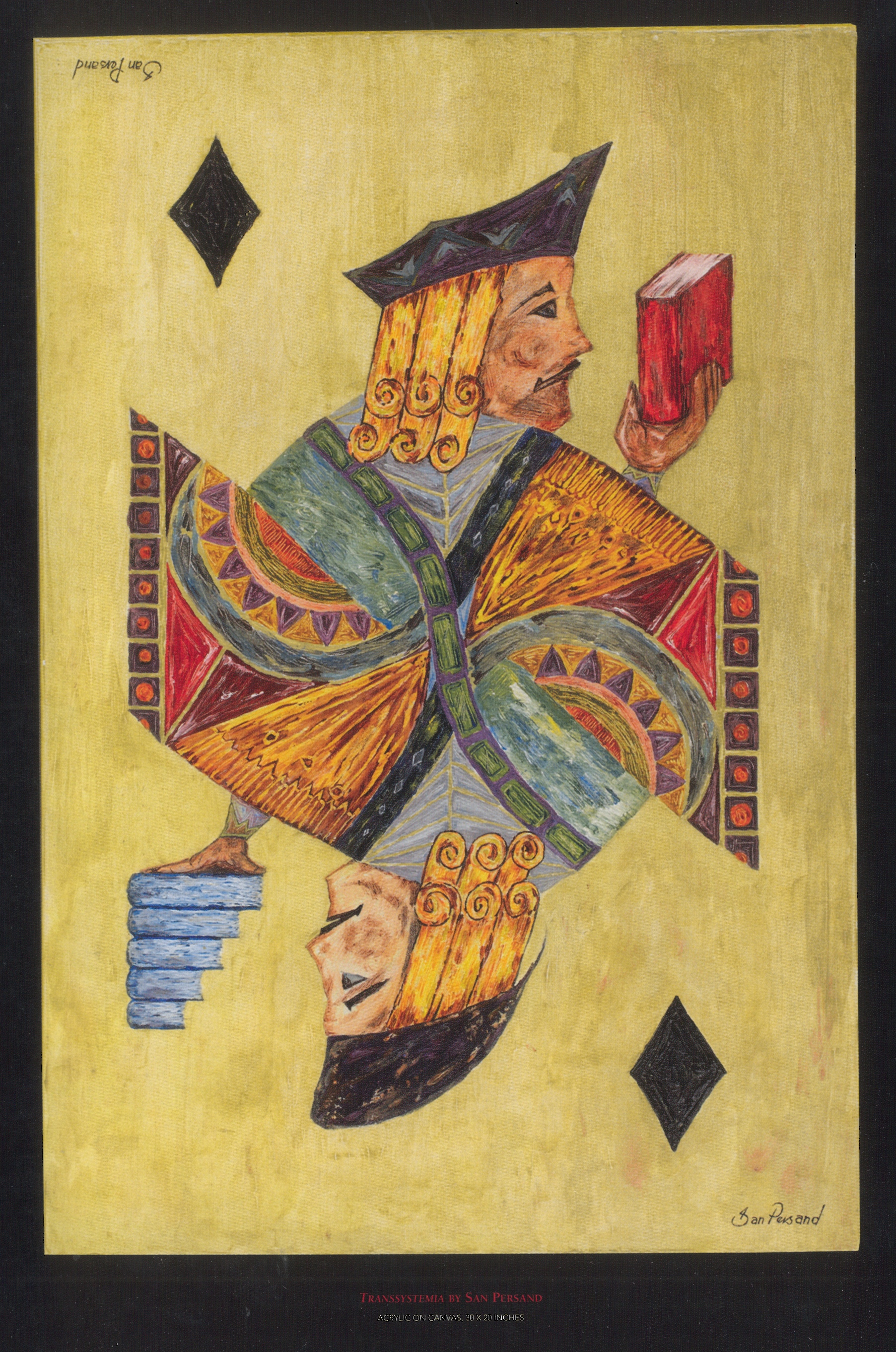

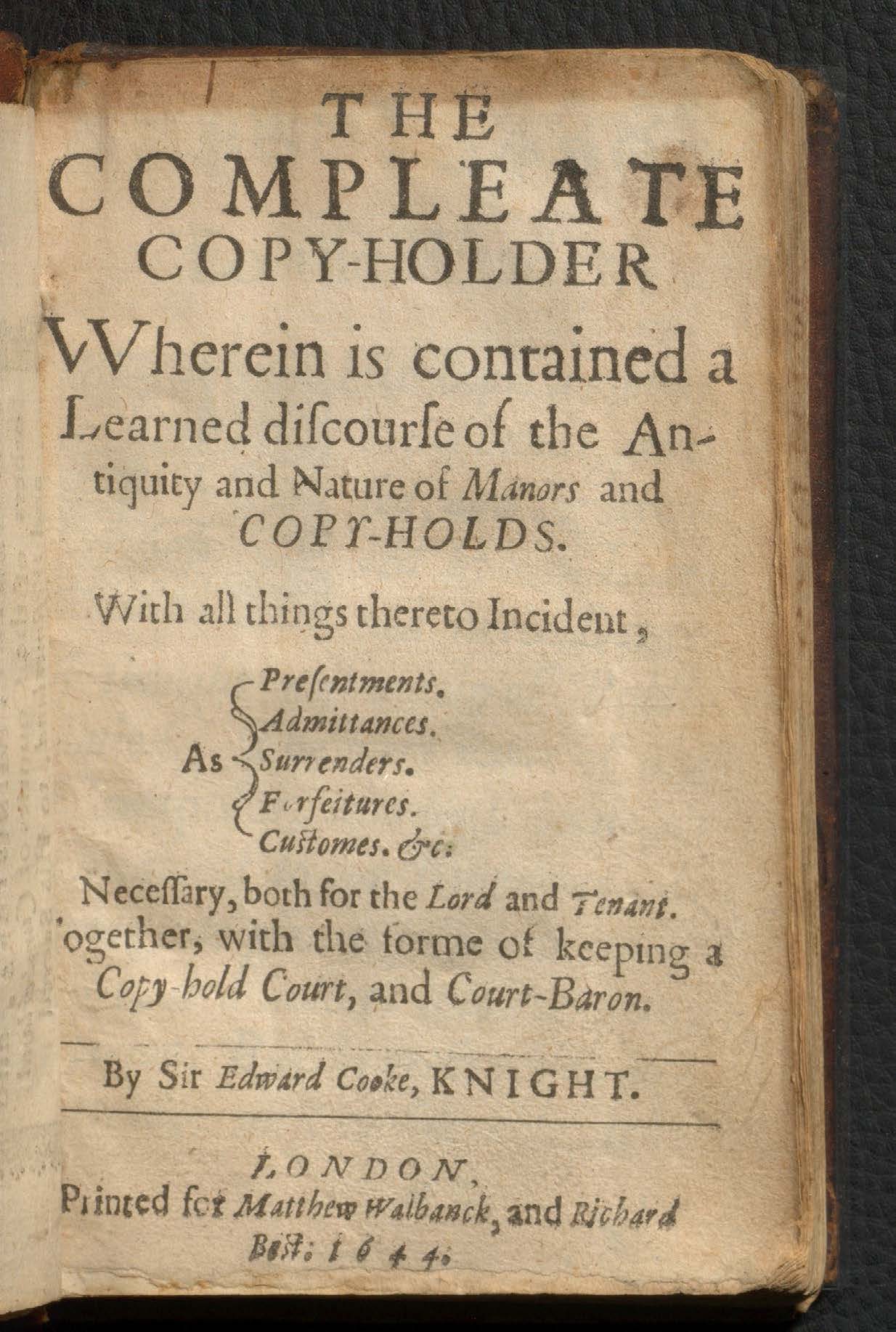
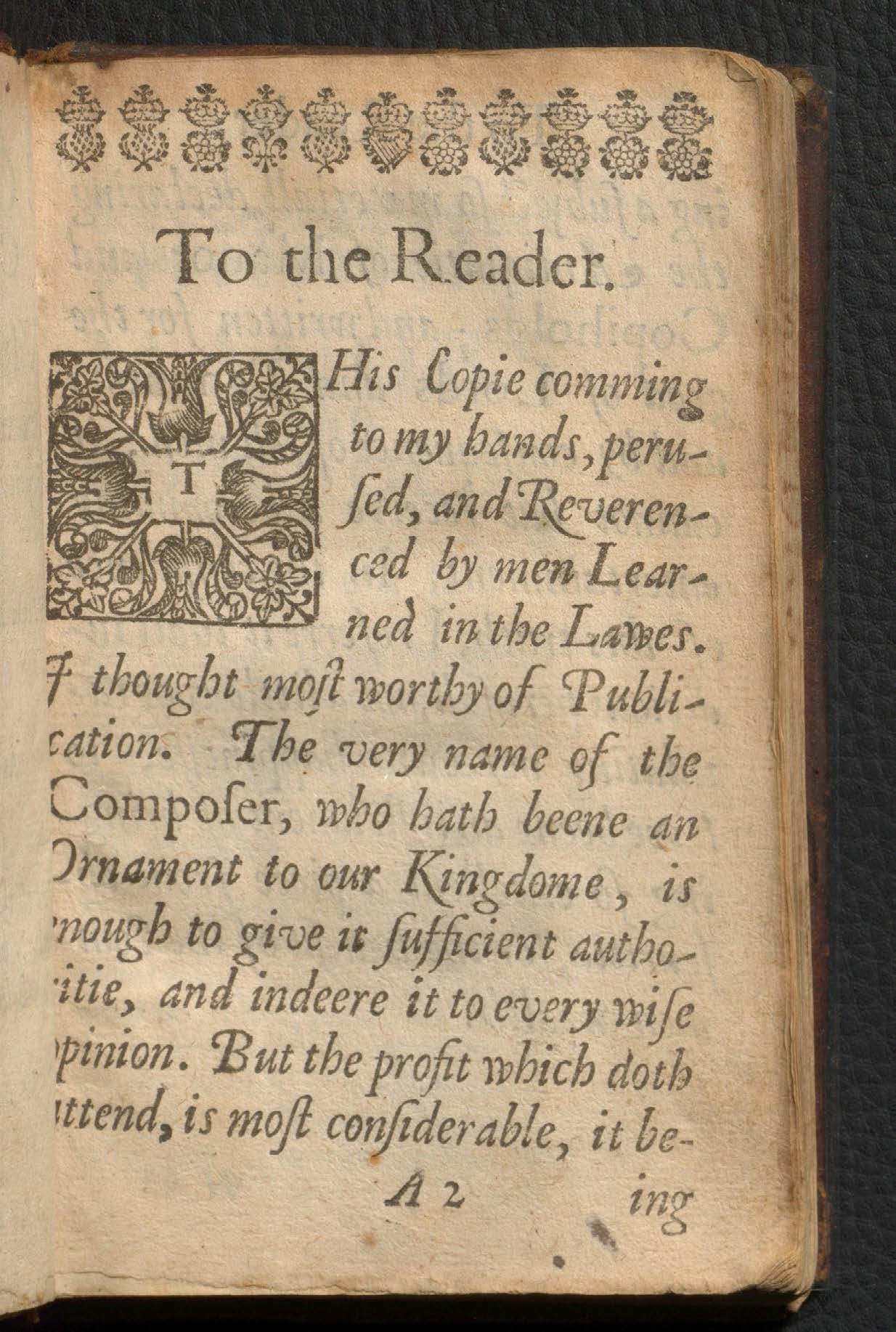 It has nothing to do with copies as we understand them now. According to Britannica, “copyhold, in English law, a form of landholding defined as a ‘holding at the will of the lord according to the custom of the manor.’ Its origin is found in the occupation by villeins, or nonfreemen, of portions of land belonging to the manor of the feudal lord. In 1926 all copyhold land became freehold land, though the lords of manors retained mineral and sporting rights.” Until 1926, manors themselves were freehold property, and were bought and sold between major landowners, while smaller landholdings within manors were held by copyhold tenure, while the land was technically owned by the Lord of the Manor.
It has nothing to do with copies as we understand them now. According to Britannica, “copyhold, in English law, a form of landholding defined as a ‘holding at the will of the lord according to the custom of the manor.’ Its origin is found in the occupation by villeins, or nonfreemen, of portions of land belonging to the manor of the feudal lord. In 1926 all copyhold land became freehold land, though the lords of manors retained mineral and sporting rights.” Until 1926, manors themselves were freehold property, and were bought and sold between major landowners, while smaller landholdings within manors were held by copyhold tenure, while the land was technically owned by the Lord of the Manor. 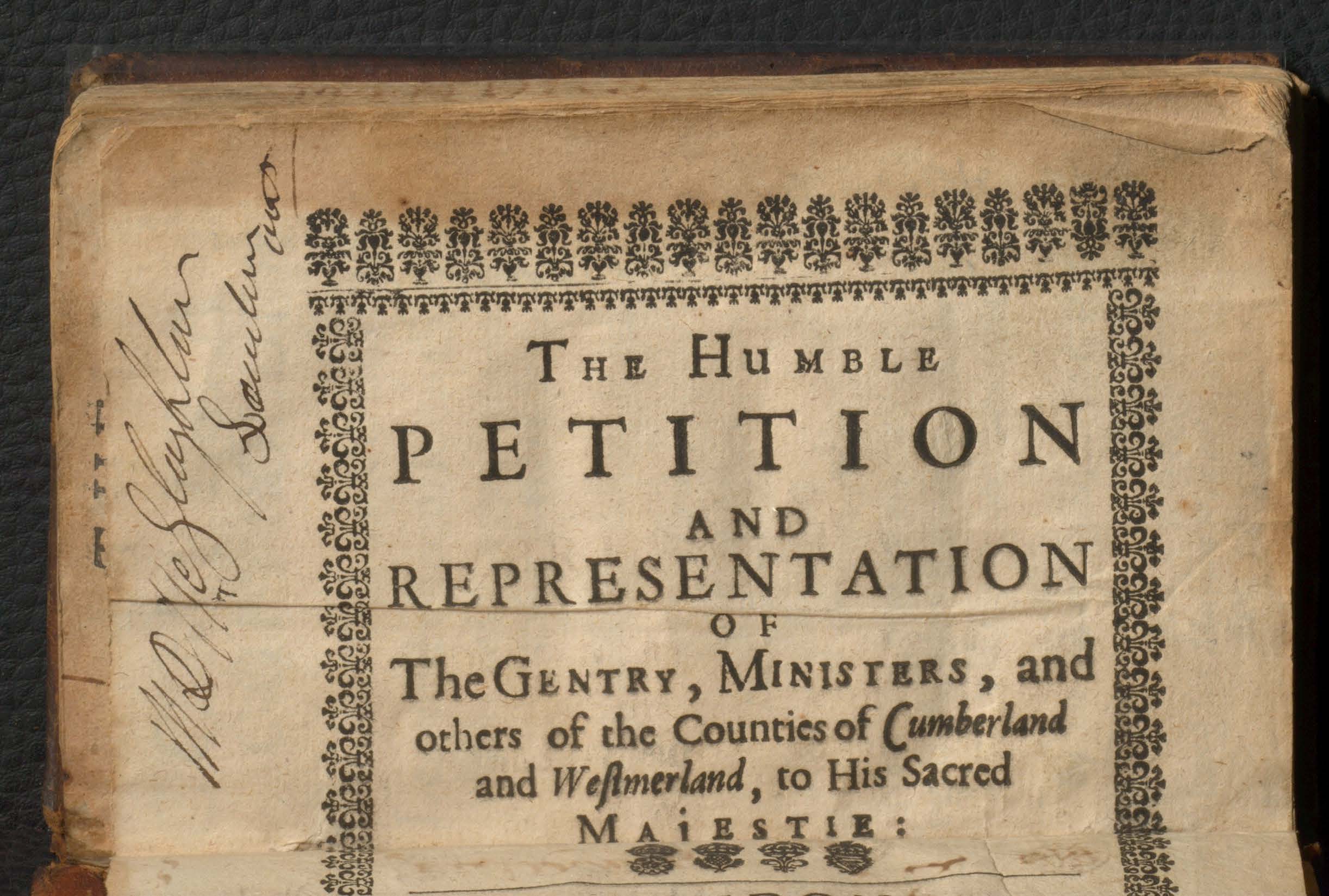 The term ‘copyhold’ originates from the custom when the official record of the copyhold on landholding was written up in the manorial court rolls and an official copy of the court roll entry was made for the tenant as their proof of title. This particular copy is especially interesting because printers’ waste (unused pages printed for other book) have been used as end papers.
The term ‘copyhold’ originates from the custom when the official record of the copyhold on landholding was written up in the manorial court rolls and an official copy of the court roll entry was made for the tenant as their proof of title. This particular copy is especially interesting because printers’ waste (unused pages printed for other book) have been used as end papers.
